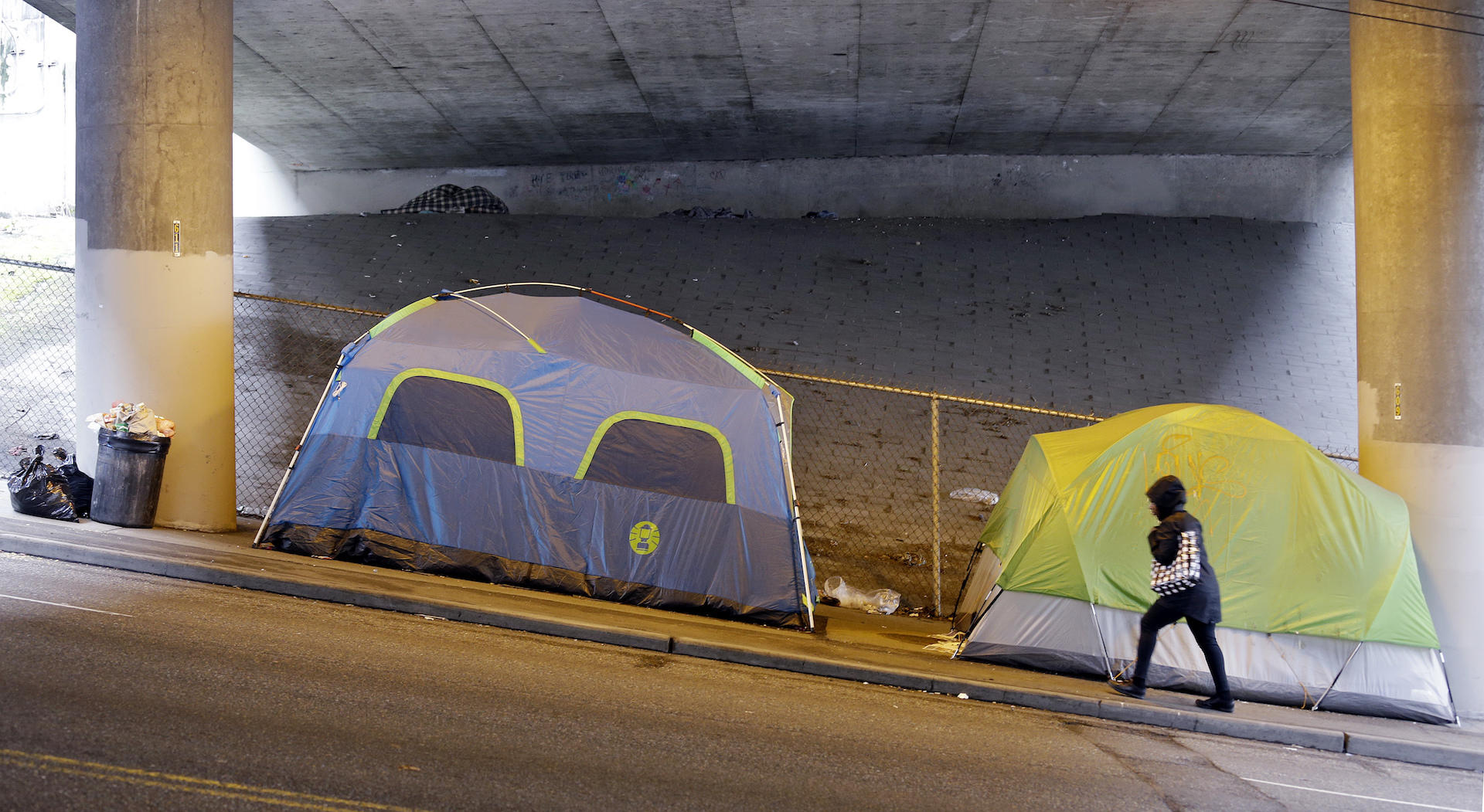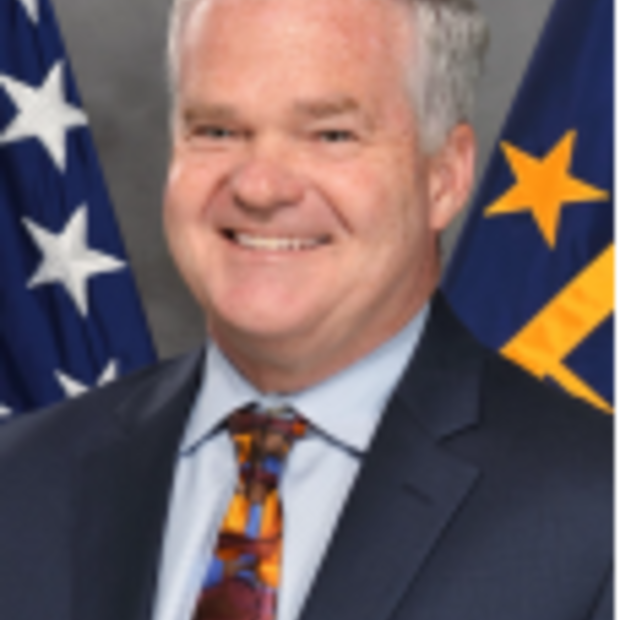We learned the results of the annual point in time count of people experiencing homelessness late last month. The painful fact is that the numbers are rising as they have for the past several years. It is unacceptable that more than 12,000 people are without a safe, permanent place to call home on a given night in King County. Even more troubling, is the fact that beyond the Count Us In estimates, which reflect a snapshot of one given night, data collected through our local homeless system shows that nearly 30,000 individuals experience homelessness throughout the course of a year.
As leaders with responsibility for progress and accountability to each and every one of these families and individuals, we are disheartened by the growing number, yet strive to learn from these results. And, in fact, we see even more than a glimmer of hope, we see a formula for success.
Veteran homelessness decreased significantly, to 921 veterans, a 31 percent reduction since last year’s count. This progress was only possible because of strong investment from both local and federal government coupled with a community-based approach focused on the unique needs of each individual veteran.
No single organization, no one system, can end homelessness on its own. We have to work outside of our own systems and organizations and form grassroots partnerships rooted in a commitment to meeting the needs of each person. We must create a system that accounts for those in need today as well as those who will be seeking services throughout the year.
This is not a time to throw up our hands in frustration about a lack in progress, but to embrace what works and be honest about the level of resources we need to truly fill the gap.
It is exactly this thinking that has helped to house hundreds of veterans. Those of us directing the resources are working closely with those administering them to focus on identifying veterans and connecting them with housing as quickly as possible. In 2017, federal and local investments helped connect 822 veterans to permanent housing.
In 2014, a team of veteran service providers and local and federal government partners created a coalition to address the needs of homeless veterans in King County, known as the Veterans Operational Leadership Team. This team has been relentlessly focused on housing veterans, knowing the names and unique needs of each and every veteran on the street and in shelter, and using weekly meetings to connect them to appropriate outreach and services. The team digs in to overcome barriers and focuses first on those veterans with the greatest needs.
This team could not be successful without resources. Targeted investments, explicitly used for serving veterans, and prioritizing veterans who have been homeless the longest have been our key to success in reducing the number of veterans experiencing homelessness. We are encouraged to see this deliberate, person by person, approach paired with increased local and federal investments, lead to real results.
We know what works and we must repeat the formula, particularly for people with the greatest needs, who have been homeless the longest, and communities of color who have not historically benefited from targeted investments.
The performance of our system overall has improved over the last four years, showing full use of existing resources and faster and more frequent movement to permanent housing across the system. Amidst this progress, the rise in the Count Us In results indicates the pressures of a booming economy and the impacts of rapidly rising rents in the decade’s fastest growing big city in the entire country.
Without an explicit focus on how the creation and preservation of affordable units will support our most vulnerable residents who are living on the street tonight — as well as the many others who will experience homelessness through the course of the year — progress will remain slow. We must use all of the tools we have to ensure enough housing for everyone, and must directly target new resources to those without housing now, adopting the same deliberate, person-by-person approach that has helped so many veterans find stability. The pace of the rising crisis is slowing and can be reversed, but only with targeted investments that truly meet the scale of our crisis.
Related coverage: On Memorial Day, veterans reflect on their service, being homeless




